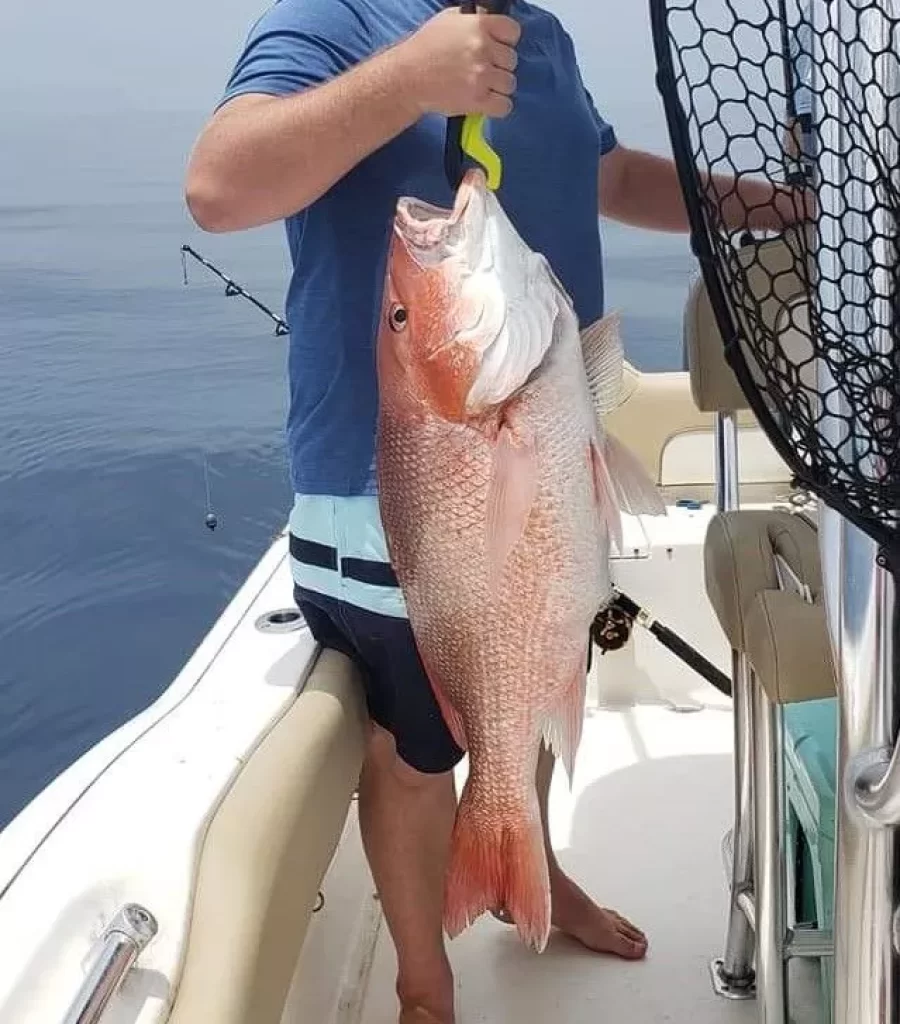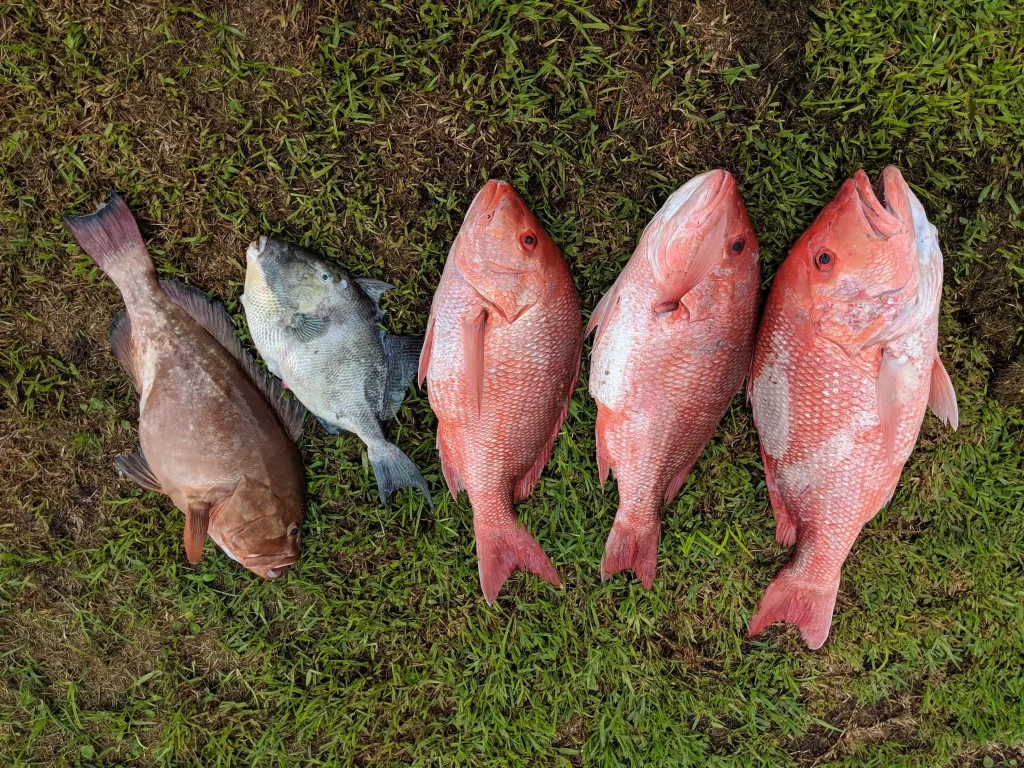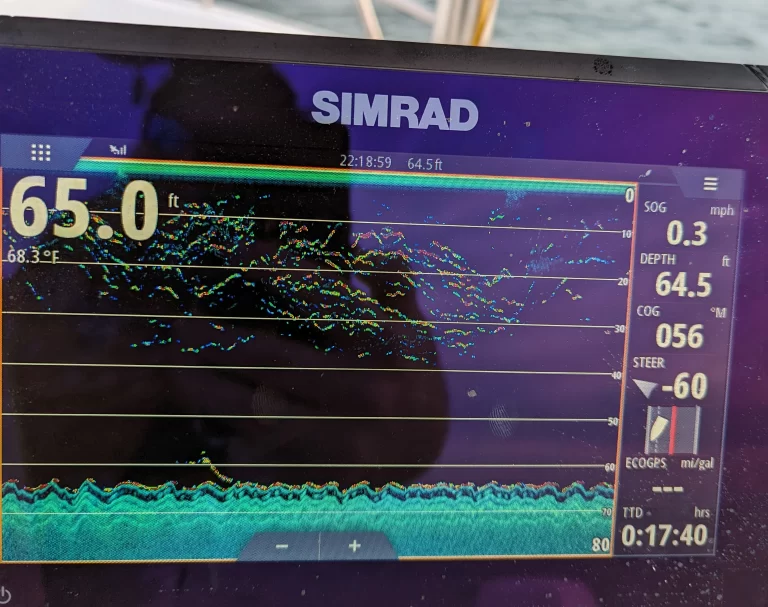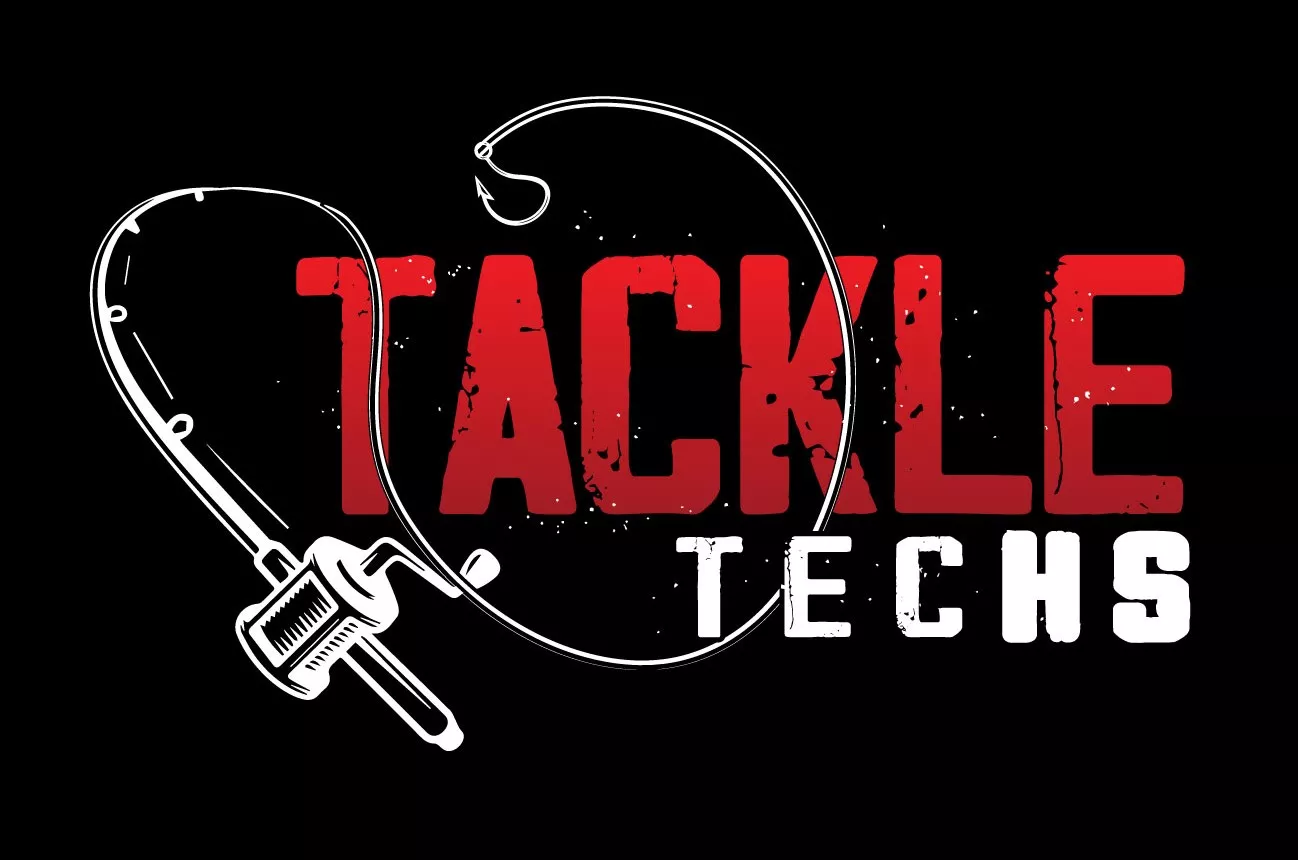Easy Guide to Catching Ponce Inlet Red Snapper Plus 9 Fishing Spots That Will Put More in the Boat
How to Catch Red Snapper Out of Ponce Inlet
Ponce Inlet is a small but vibrant fishing town located on the east coast of Florida, known for its abundant fishing opportunities and diverse range of fish species. One of the most popular fish to catch in Ponce Inlet is the red snapper, a prized game fish that is sought after by anglers of all levels of experience.
Red snapper can be found in the waters surrounding Ponce Inlet year-round, with peak season typically occurring from late spring through early fall. These fish are known for their distinctive red color, firm white flesh, and delicious taste, making them a popular target for both recreational and commercial fishermen.
However, catching red snapper in Ponce Inlet requires a combination of skill, knowledge, and the right equipment. In this article, we will provide you with a comprehensive guide on how to catch red snapper in Ponce Inlet, including tips on the best bait and lures to use, the best times to fish, and the techniques to employ.
We will also cover the rules and regulations regarding red snapper fishing in Ponce Inlet, as these fish are protected by strict catch limits and size restrictions. It is important for anglers to abide by these regulations to help preserve the red snapper population for future generations to enjoy.
Whether you are a seasoned angler or a novice looking to catch your first red snapper, this article will provide you with all the information you need to have a successful and enjoyable fishing experience in Ponce Inlet. So grab your fishing gear and let’s get started on catching some of these prized game fish!

Table of Contents
Red Snapper Regulations
Here is what you need to know:
Limited Season: The red snapper fishing season in the Atlantic is typically limited to a few days or weeks each year, depending on the overall health of the population. In Florida, the season is typically announced by the National Oceanic and Atmospheric Administration (NOAA) and runs for a limited time during the summer months.
State Regulations: In addition to federal regulations, there are also state regulations that anglers must follow when fishing for red snapper in Florida. These regulations are in place to protect the overall health of the fish population and ensure that fishing practices are sustainable.
Gear Restrictions and Requirements: When fishing for red snapper in Florida, anglers must follow certain gear restrictions and requirements, including:
Circle Hooks: Anglers must use non-stainless, non-offset circle hooks when fishing with natural baits, which can help reduce the number of gut-hooked fish and improve their chances of survival when released.
Dehooking Devices: All anglers must have a dehooking device, such as a hook remover or pliers, onboard their vessel when fishing for red snapper. This helps ensure that any fish caught are safely released back into the water.
Venting Tools: Anglers must also have a venting tool onboard their vessel when fishing for red snapper. This tool is used to release trapped air from the swim bladder of a fish that has been brought up from deep water, which helps improve the fish’s chances of survival when released.
A descending device can also be used in place of a venting tool, and may soon become required gear anyway. It is currently mandatory in the Gulf of Mexico.
By following these gear restrictions and requirements, anglers can help ensure that red snapper populations remain healthy and sustainable for years to come. Check with FWC for the most up to date regulations
Red Snapper Gear
When targeting red snapper, anglers typically use medium to heavy-duty rods with fast or extra-fast action. These rods are designed to handle the power and strength of red snapper, and a fast action allows anglers to quickly set the hook and maintain control of the fish during the fight.
As for reels, spinning or conventional reels with a strong drag system are commonly used. A strong drag system is important to tire out the fish during the fight and prevent it from breaking the line.
Overall, the combination of a medium to heavy-duty rod and a strong reel is crucial for successfully catching red snapper. By using the right gear and techniques, anglers can improve their chances of landing these prized fish.
A stout conventional rod and reel are not necessary, but they sure do help. My personal rig is a Shimano Torium on a XXH ShimanoTrevala with 65lb braid. You can use 50lb braid and do just fine. I like to use 65 for the peace of mind and stopping power.
Live Bait
Red snapper are voracious feeders and will eat just about anything you put in their face. The big ones though have seen a hook or two and will be quite a bit pickier at times. Pinfish, croakers, sardines, mullet or just about anything else work. You can spend a bunch of money on live bait and do well, but one of the most effective baits is a live grunt, and they are free!
Catching Grunts
You can either stop off at one of the public sites on your way out, or simply wait until you get to your destination. To fill the livewell faster, we recommend using a chicken rig. This way you can catch multiple grunts on each drop. You could also use a sabiki rig
Bait each hook with a small piece of squid and send it down. As soon as it reaches the bottom, start reeling, there should be at least 1 on there. Once you have 3-5 per person on your boat, its time to put them to use.

Sardines, Pilchards and Other Whitebait
Another great option, if you are willing to put in the extra effort, is to use sabiki rigs. You can stop off on one of the county sites on your way out and catch sardines, cigar minnows, pilchards or whatever small baitfish is around that time of year.
Simply tie a weight on the bottom and drop it down. After it reaches the bottom, reel up about 20ft and bounce the rod tip. It should start to feel heavy after a few seconds of doing this. Reel quickly to avoid the barracudas.
You will use these the same as you would a grunt, though they are a lot more fragile.
Fish-Finder Rig
This rig is very easy to tie and very effective.
Materials:
- 4-8 ounce egg sinker
- 7/0 circle hook
- Barrel swivel
- Fluorocarbon or monofilament leader (typically 30-50 lb test)
- Beads (optional)
Instructions:
Cut a length of leader to your desired length, typically around 18-24 inches.
Tie one end of the leader to the barrel swivel using a uni knot or other suitable knot. Make sure to tighten the knot securely.
Tie the 7/0 circle hook onto the other end of the leader using a snell knot or other suitable knot.
- Slide the egg sinker onto the main line.
- Slide a bead onto the main line after the egg sinker.
Adjust the length of the leader based on the size of the bait you plan to use, making sure the bait will sit just off the bottom.
To fish with the rig, attach your main line to the barrel swivel and add your preferred bait to the hook.
Frozen Bait
If you do not want to mess around with catching live bait and you do not mind catching some other species, then you may want to consider frozen bait. We will be using the same rig as before, but downsizing the hook to 4/0.
Remember that we are matching the hook to the size of the bait, not the size of the fish we hope to catch. This way the hook is better hidden.
Sardines and Herring
Frozen herring are possibly the most productive frozen bait for large reds. Although they stay on the hook better than sardines, they do still come off a lot easier than squid.
Start by inserting the hook up through the head and then pull the hook through and reinsert it in the side of the fish. Try to bury it as much as possible to hide the hook.
Squid
Frozen squid will get you a ton of bites, not all of which will be the target species. This may be a positive or a negative for you. Species you can expect to catch out of Ponce Inlet on squid:
snapper(mangrove, red, mutton, vermillion)
black sea bass
triggerfish
grouper(various species)
jacks
sharks
porgy
There are other less desirable fish like lizardfish and pinfish as well.
Slow Pitch Jigging
There are several reasons why an angler might choose to slow pitch jig instead of bottom fishing:
It’s more active and engaging: Slow pitch jigging involves constantly working the jig in a rhythmic motion, which can be physically demanding but also very engaging. This can make the fishing experience more enjoyable and rewarding compared to simply sitting and waiting for a bite while bottom fishing.
It targets a wider variety of species: Slow pitch jigging can be used to target a wide range of species, including those that may not be caught while bottom fishing. This includes deep-dwelling species that are less likely to be caught using traditional fishing techniques.
It can be more effective in certain conditions: Slow pitch jigging is particularly effective in deep water or areas with strong currents, where traditional bottom fishing techniques may not be as effective. The constant motion of the jig can attract fish that are more active and aggressive, increasing the chances of a successful catch.
It offers a different challenge: Slow pitch jigging requires skill and technique, as well as the ability to read the water and adjust to changing conditions. For some anglers, this challenge and the opportunity to improve their fishing skills can be a major draw.
Check out our Slow Pitch Jigging Guide for more details!
Ponce Inlet Boat Ramps
Port Orange Causeway Park:
81 Dunlawton Ave, Port Orange, FL 32127
Free Parking, gets very busy
Swoop Site Boat Ramp:
2455 Boat Ramp Dr, New Smyrna Beach, FL 32168
$10 Parking Fee, very steep ramp
North Causeway Boat Ramp
170 Causeway N, New Smyrna Beach, FL 32169
Nicest boat ramp, fills extremely fast
Ponce Inlet Fishing Numbers

The area offshore from Daytona Beach and New Smyrna is prime snapper habitat. Miles of natural bottom and reef patches dot the landscape up to 40 miles out. If you want to catch a 20 pound American Red Snapper, also known as the Northern Red Snapper, then this is the place to do it.
These are not numbers you will find on any of the publicly available charts, though some of them are unknown spots on well known reefs. These are all fishing spots that have produced large snapper year after year.
Before you go out, make sure you are up to date on this year’s regulations
Party Grounds
29°9.843′ N * 80°32.539′ W
29°10.703′ N * 80°36.340′ W
South of Ponce Inlet
28°50.934′ N * 80°36.102’W
28°51.795′ N * 80°28.450′ W
28°53.612′ N * 80°29.108′ W
Turtle Mound
29°1.290′ N * 80°28.574′ W
28°58.937′ N * 80°25.635′ W
North of Ponce Inlet
29°24.131′ N * 80°54.107′ W
29°21.357′ N * 80°53.627′ W
Want more numbers? Leave us a comment below
Red Snapper Recipe
Here’s how to fillet and cook red snapper:
Filletting:
- Place the red snapper on a cutting board with the head facing away from you.
- Use a sharp fillet knife to make a cut behind the gills and down to the spine.
- Turn the knife and cut along the spine towards the tail.
- Use the knife to separate the fillet from the bones, working your way down towards the tail.
- Flip the fish over and repeat the process on the other side.
- Use a pair of pliers to remove any remaining bones from the fillets.
- Rinse the fillets with cold water and pat them dry with paper towels.
Cooking:
- Preheat the oven to 375°F (190°C).
- Season the fillets with salt, pepper, and your preferred herbs and spices.
- Heat a skillet over medium-high heat and add a tablespoon of olive oil or butter.
- Place the fillets in the skillet, skin-side down, and cook for 3-4 minutes.
- Flip the fillets and cook for an additional 2-3 minutes.
- Transfer the fillets to a baking dish and bake in the preheated oven for 10-15 minutes, or until the flesh is opaque and flakes easily with a fork.
- Serve the fillets with your preferred side dishes, such as roasted vegetables or rice pilaf.
Recipe: Red Snapper with Mango Salsa
Ingredients:
- 2 red snapper fillets
- 1 mango, diced
- 1/2 red onion, diced
- 1 jalapeno pepper, seeded and diced
- 1/4 cup cilantro, chopped
- 2 tablespoons lime juice
- 1 tablespoon olive oil
- Salt and pepper, to taste
Instructions:
- Preheat the oven to 375°F (190°C).
- Season the red snapper fillets with salt and pepper.
- Heat a skillet over medium-high heat and add a tablespoon of olive oil or butter.
- Place the fillets in the skillet, skin-side down, and cook for 3-4 minutes.
- Flip the fillets and cook for an additional 2-3 minutes.
- Transfer the fillets to a baking dish and bake in the preheated oven for 10-15 minutes, or until the flesh is opaque and flakes easily with a fork.
- In a bowl, combine the diced mango, red onion, jalapeno pepper, cilantro, lime juice, and a pinch of salt and pepper.
- Serve the red snapper fillets with the mango salsa on top.
Enjoy your delicious and healthy meal of red snapper fillets!


Do you happen to have the numbers for cracker ridge?
I do! Site 2 was basically dropped on top of it, it is a series of small ledges and live bottom mostly just to the west of site 2. Try this one 29°9.743’N 80°39.405’W. There is a lot of small spots to find around there if you drive around a bit and watch the bottom closely. Good luck out there
Great article, if you could share more numbers that would be great.
Snook52755@yahoo.com
Here’s one that has never failed, it’s about 30 miles SE of Ponce, we call it snapper heaven. 28° 56.593’N 80° 28.899’W. If the weather is a little rough to the south, I have another good one for you to the north, also about 30 miles. 29° 27.636’N 80° 48.518’W. Good luck
Do you have any numbers within 5 miles of ponce inlet? I would like to have a place to take my 9 year old that’s not too far out. He loves bottom fishing and as long as it’s fish he’s happy!
Unfortunately, red snapper within 5 miles of the inlet can be very hit or miss. Site 5, site 14 and the new starship reef can be good for just catching something. Site 5 will sometimes have decent sixed red snapper on it. On site 5, try 29° 7.159’N 80° 48.215’W. To find Site 14, drive to 29° 2.606’N 80° 52.905’W and you will see buoys that you can tie off on. Good luck
Great tips,
We have a bay boat and are looking for some good spots that hold large snapper close to shore as we probably won’t be able to get too far off shore unless it’s super calm.
Do you have any good numbers that produce inshore or close offshore?
If you can make it 15 miles, I would recommend going to site 3, there are a ton of them there, but you will likely have to maneuver around a lot of other boats. A little further from that, I do have a spot on the NE Grounds 29° 13.144’N 80° 41.578’W, its a small ledge and often holds a variety of fish. For something a good bit closer, but very hit or miss, 29° 6.406’N 80°47.538’W. Its a significant roll east of Site 5 that, on the right day, holds a bunch of fish. Good luck and hope its calm enough for you